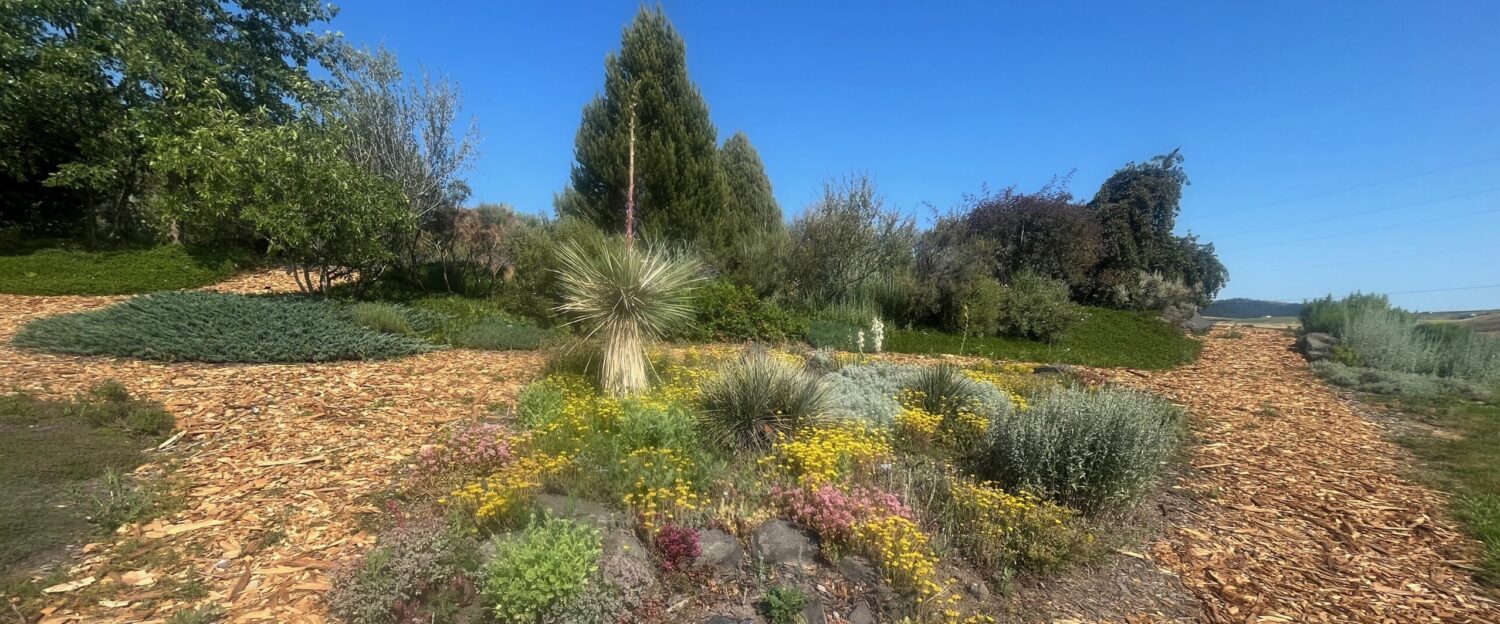So I’ve finally encountered a term for the aspect of labor that I had in mind when I was proposing my dissertation topic: Gallagher calls it “somaeconomics,” the system of drives and desires that influence political economy. She uses this term to address debates about productive / unproductive labor and the pleasure / pain principle that drives labor.
Labor is generally considered a kind of pain, otherwise we couldn’t distinguish it from leisure and pleasure. When a capitalist uses his profits for consumptive activities–such as the employment of servants in the household–then he is experiencing an immediate gratification that depletes his profits. On the other hand, if he uses his profits to reinvest in the productive labor of his workers, such as in the plowmen, he will further increase his profits. What would be the use of deciding to increase profits (labor = pain) rather than expend profits (consumption = pleasure)? Gallagher suggests that desire surpasses feelings even of enjoyment, so that the investment in capital will not merely produce more profits and goods, but it will also work toward future expenditures in consumptive activities.
Therefore, human consciousness–and its relation to the body’s emotional states–is most heavily influenced by the desire for future enjoyment; in other words, even the manual laborer does not reap the benefits of his toil until he has completed his task; the capitalist likewise feeds into this system of delayed enjoyments.
